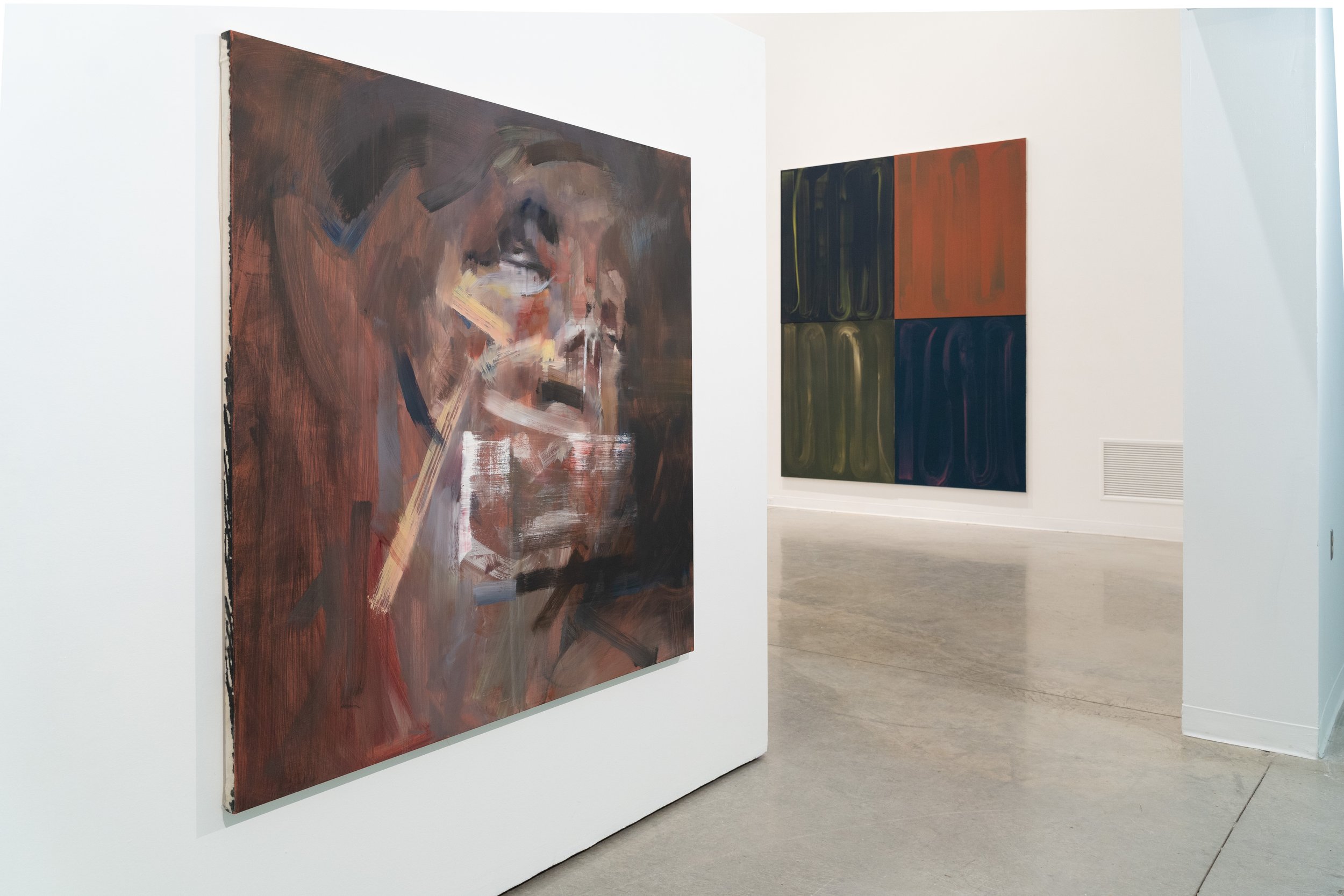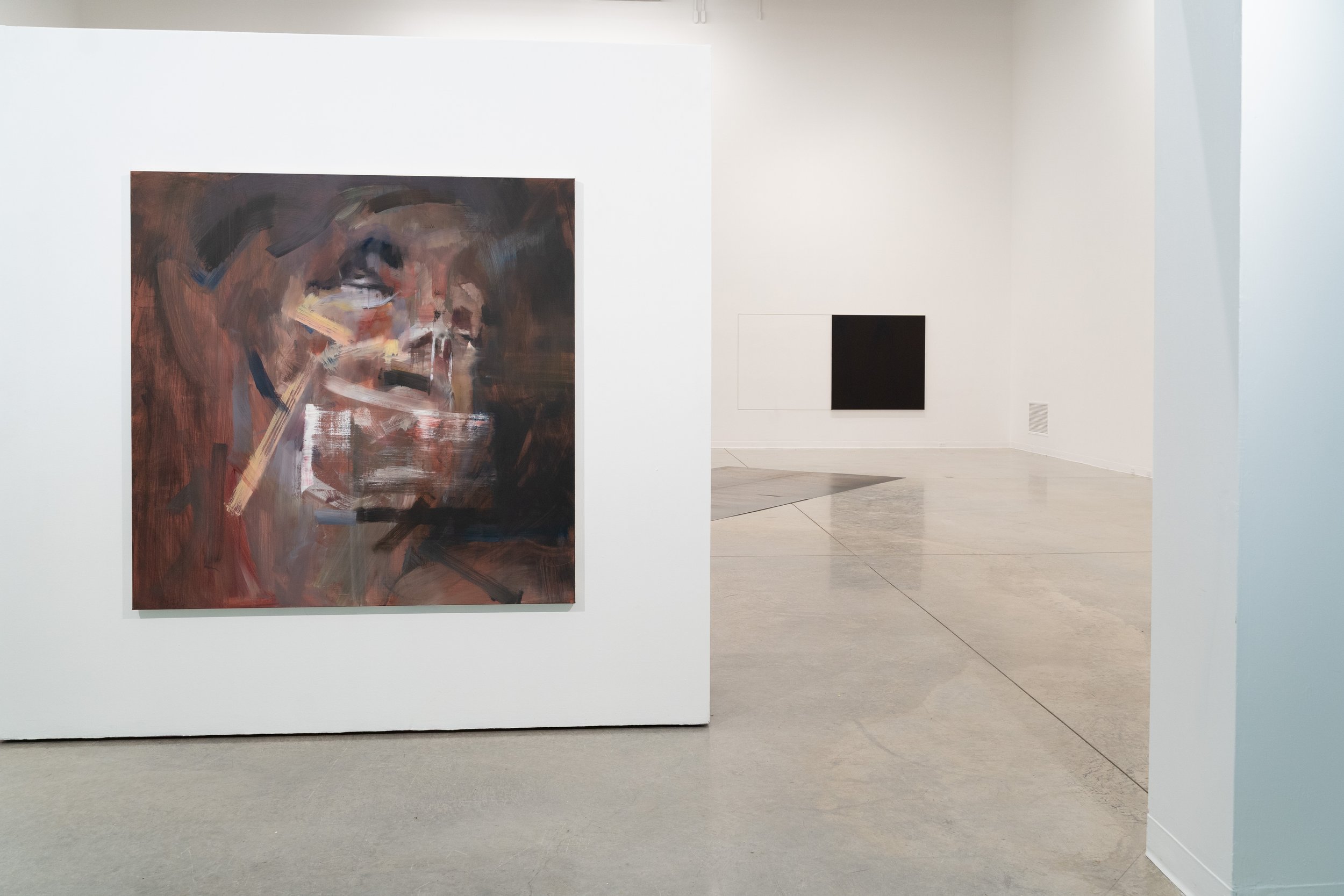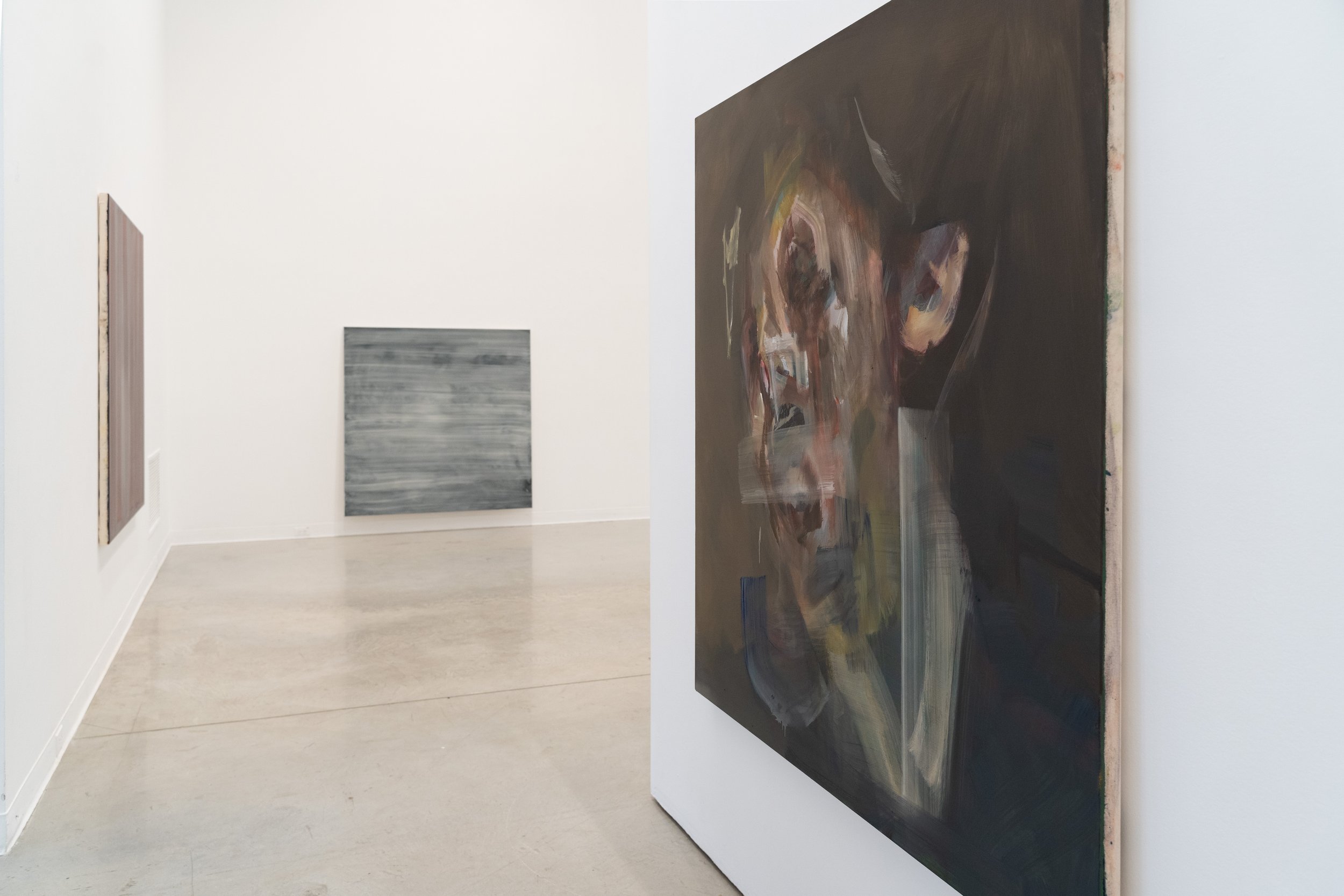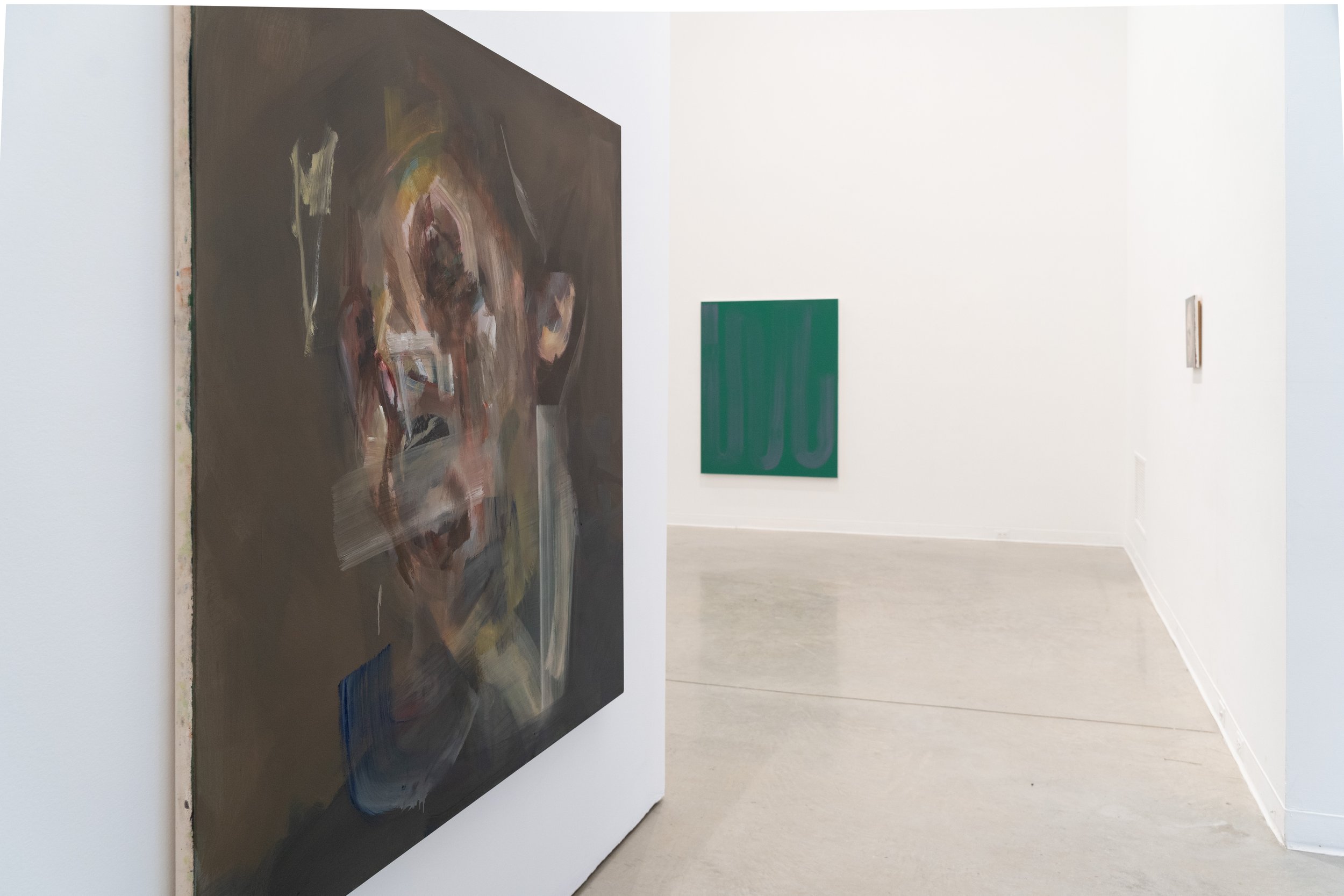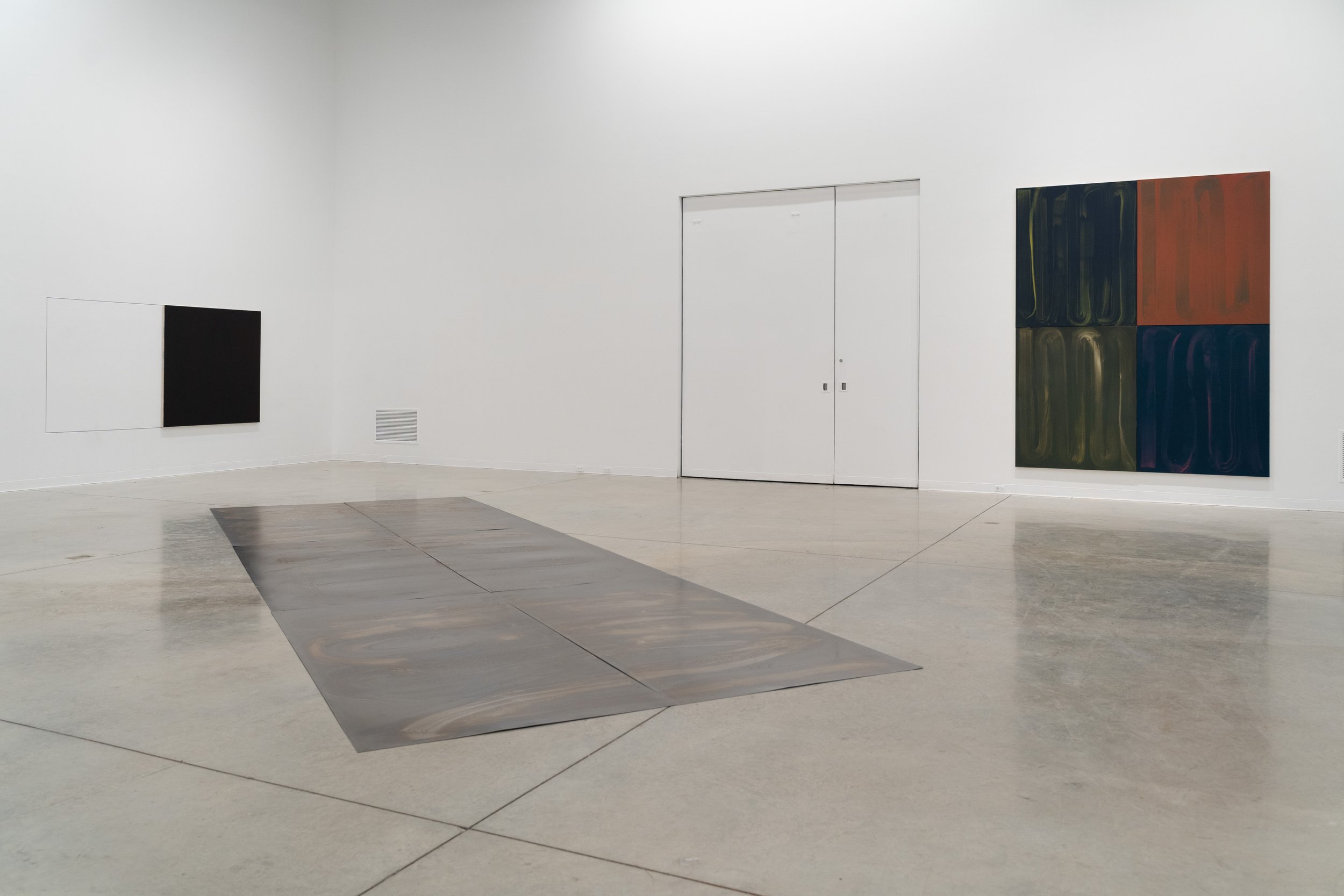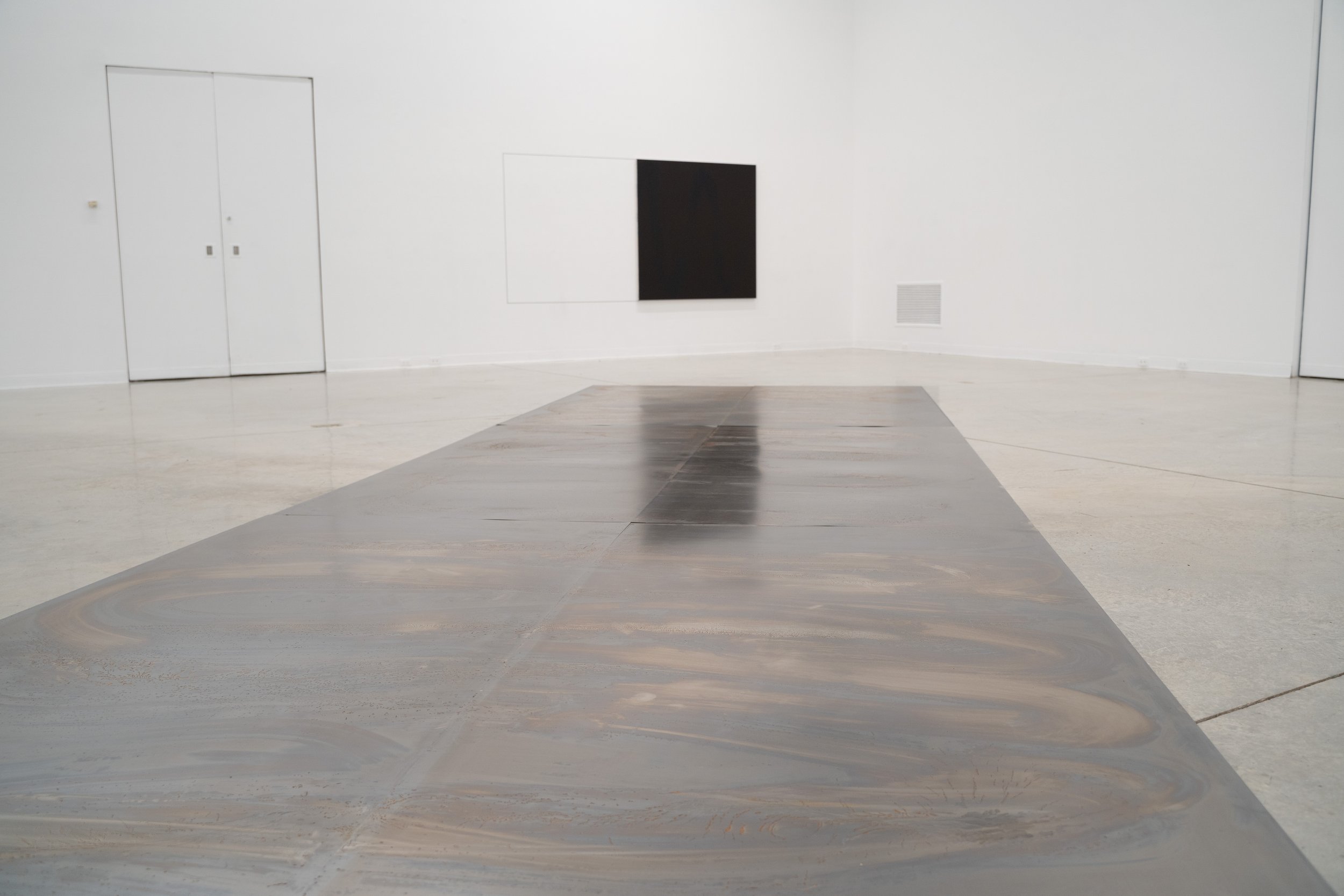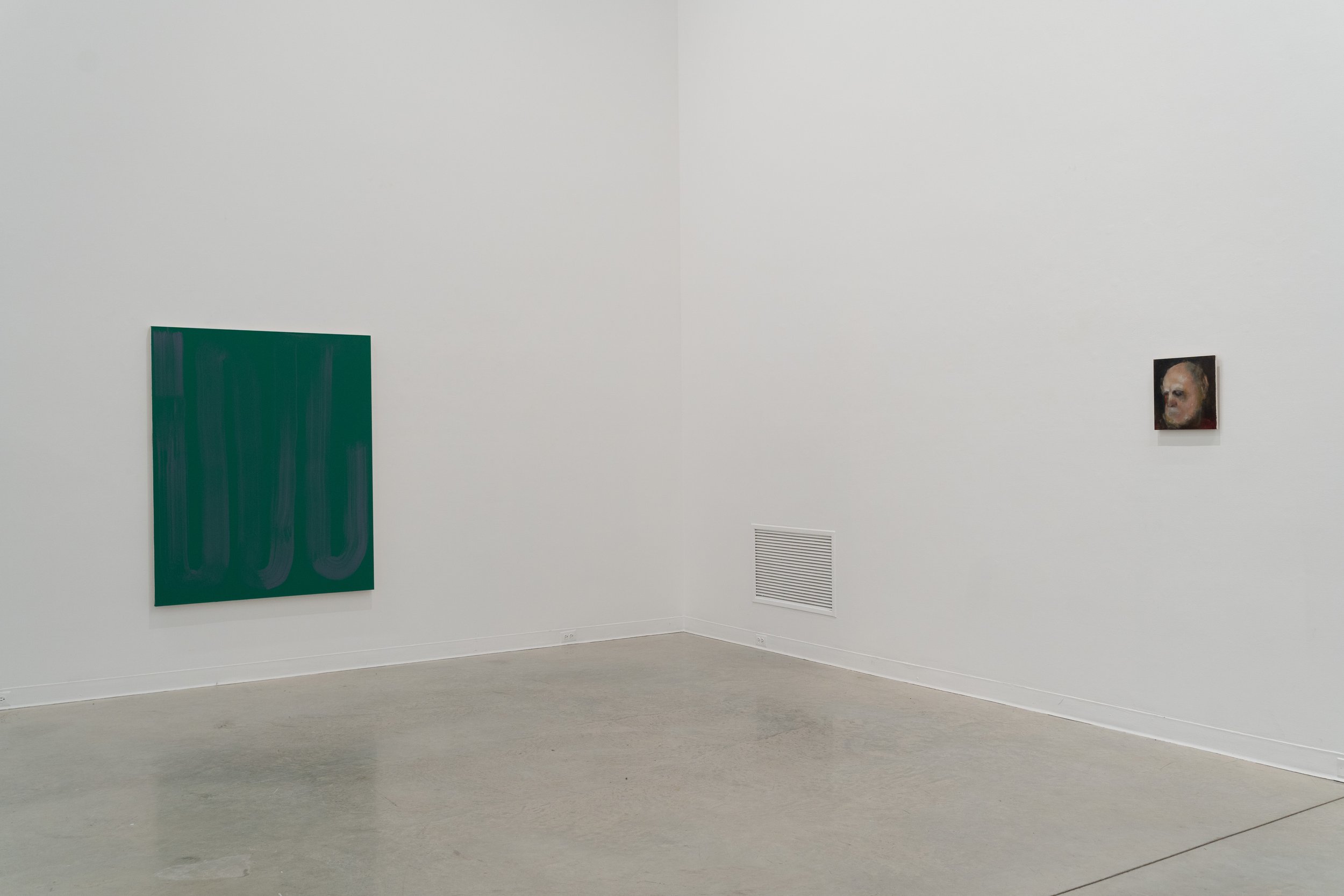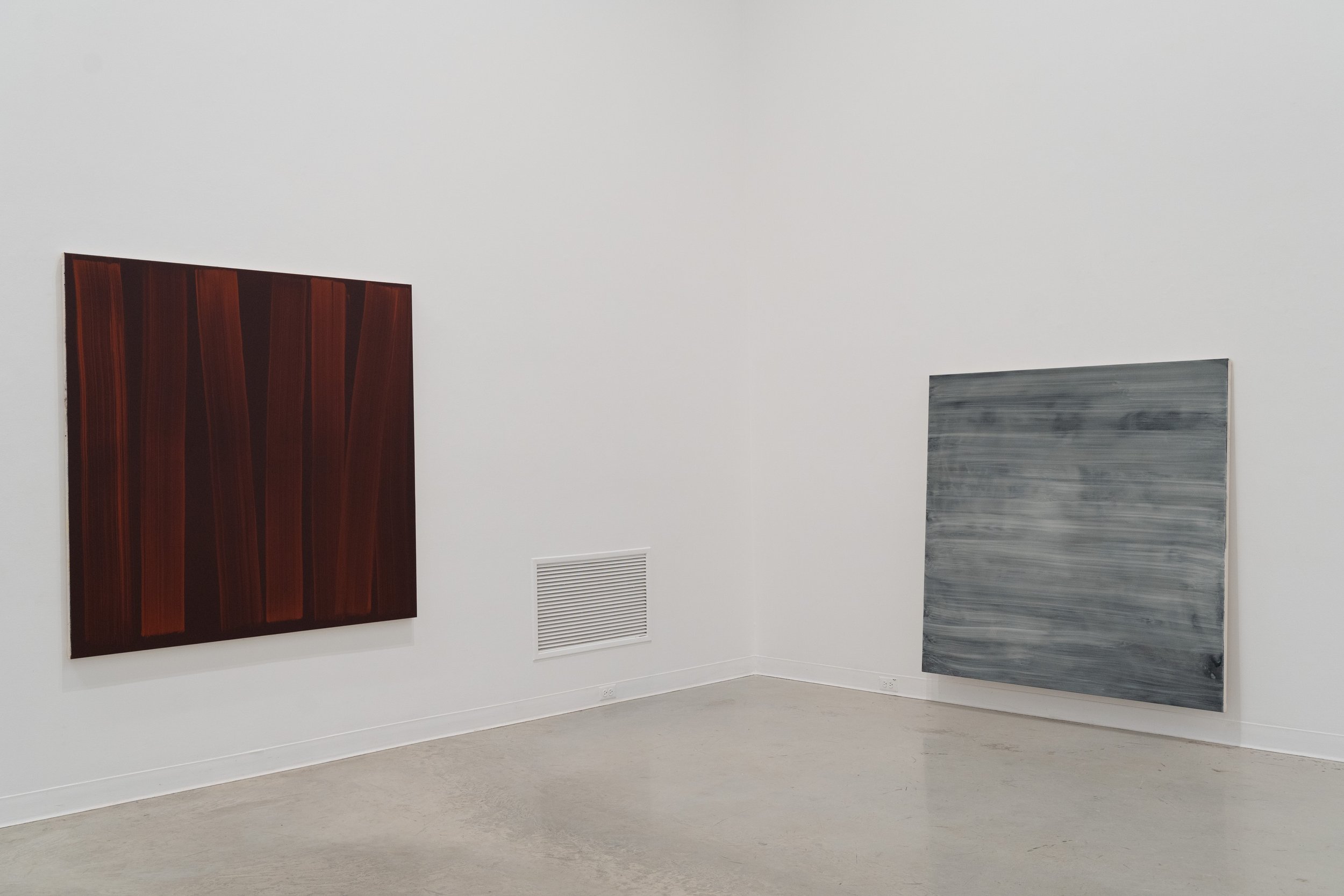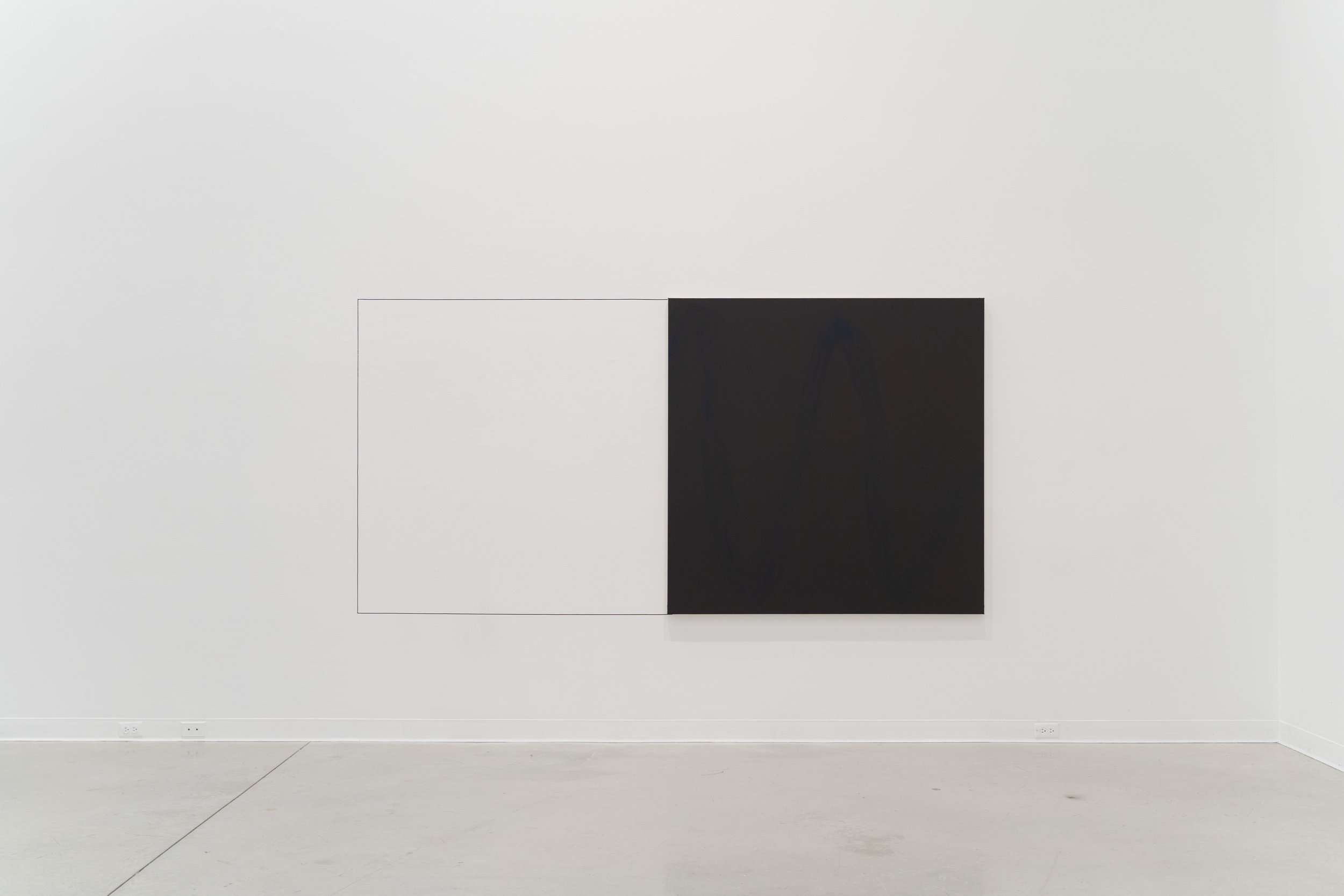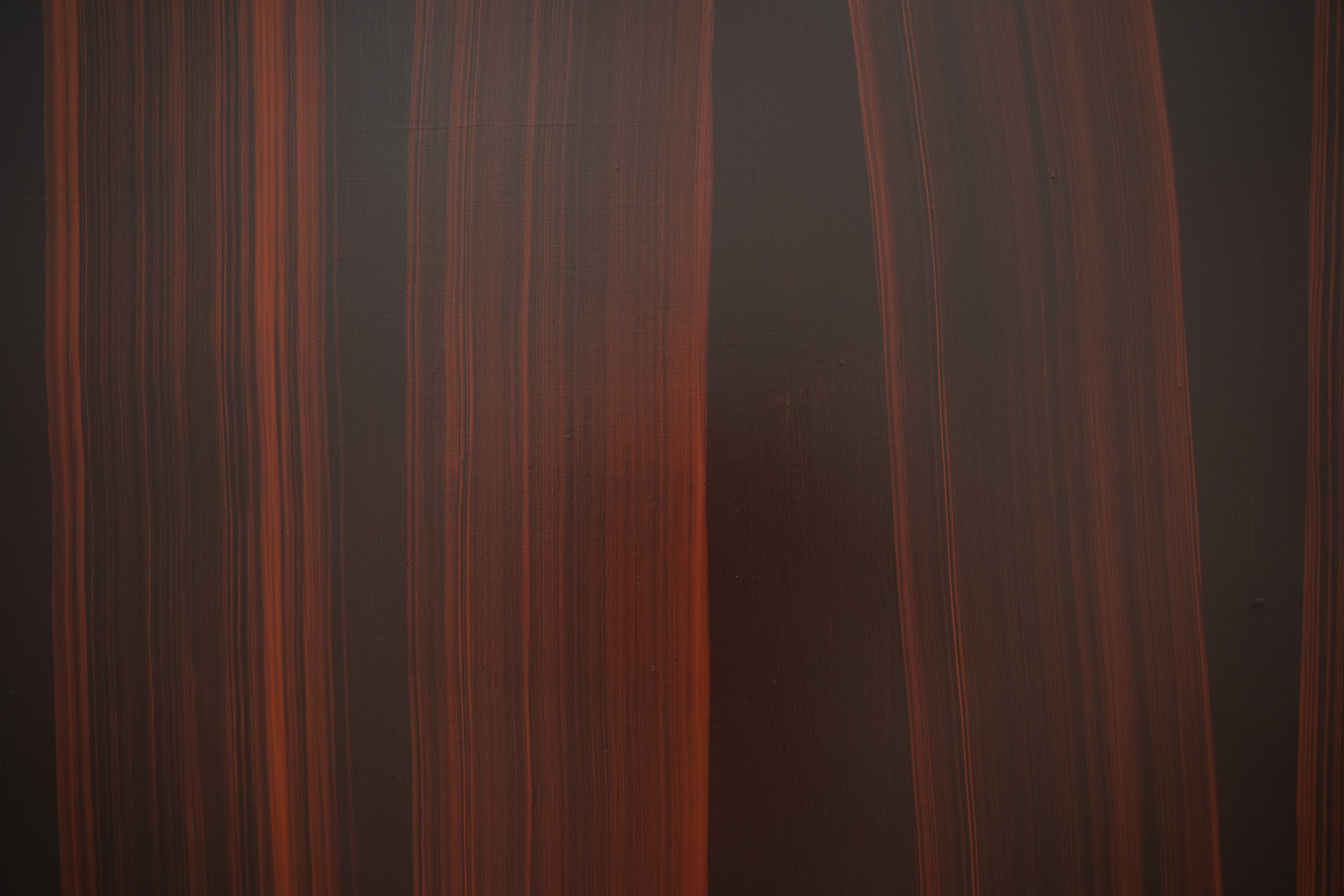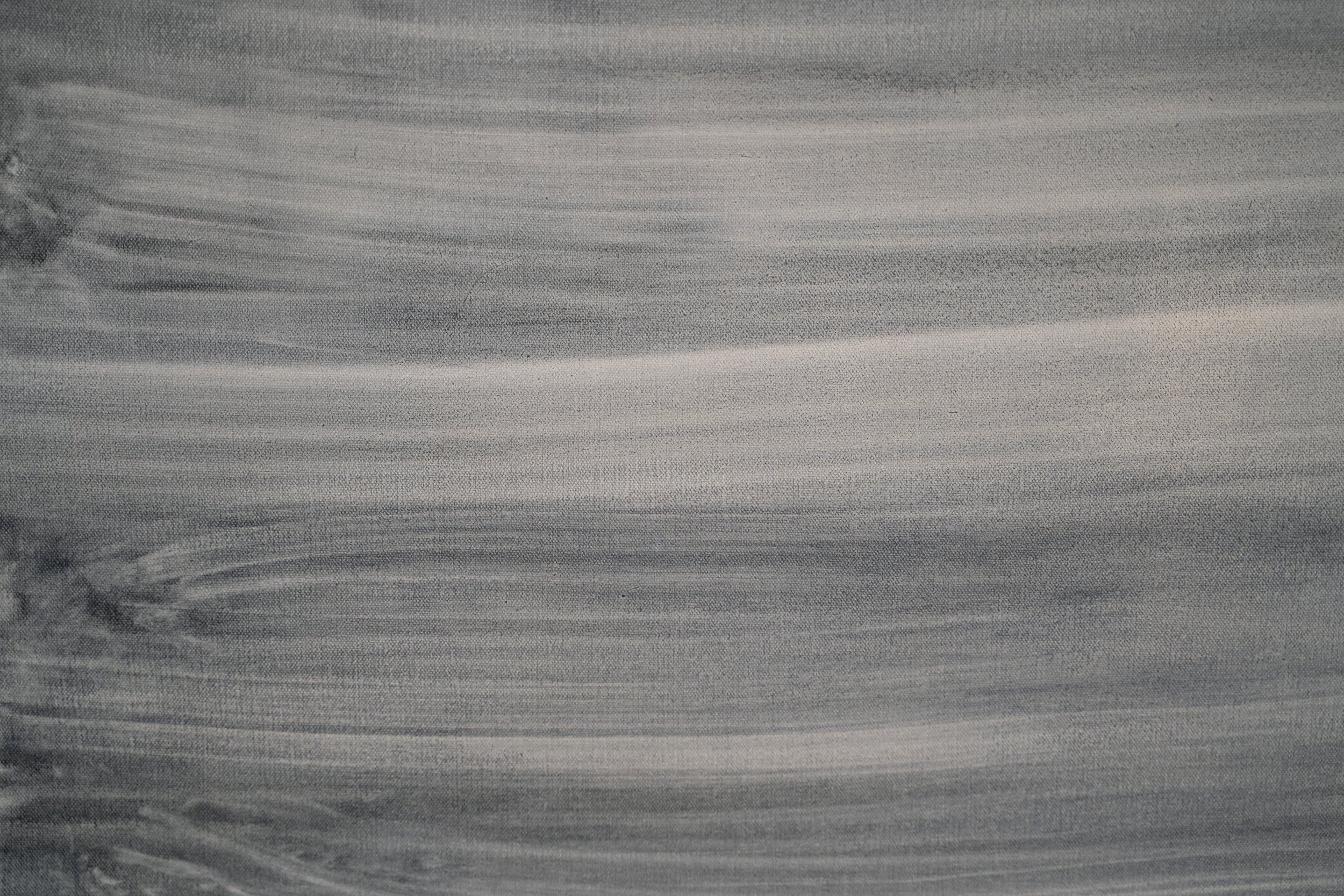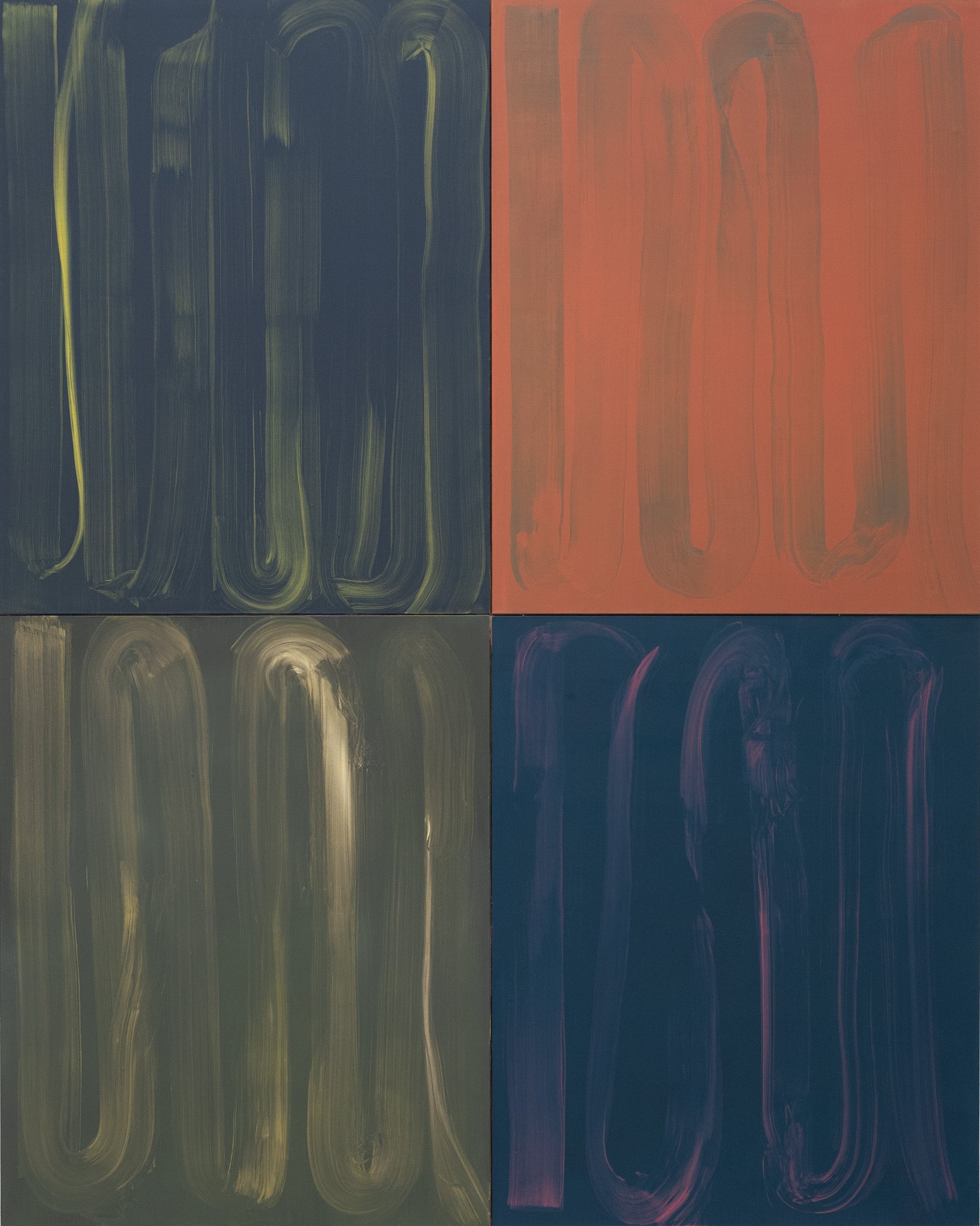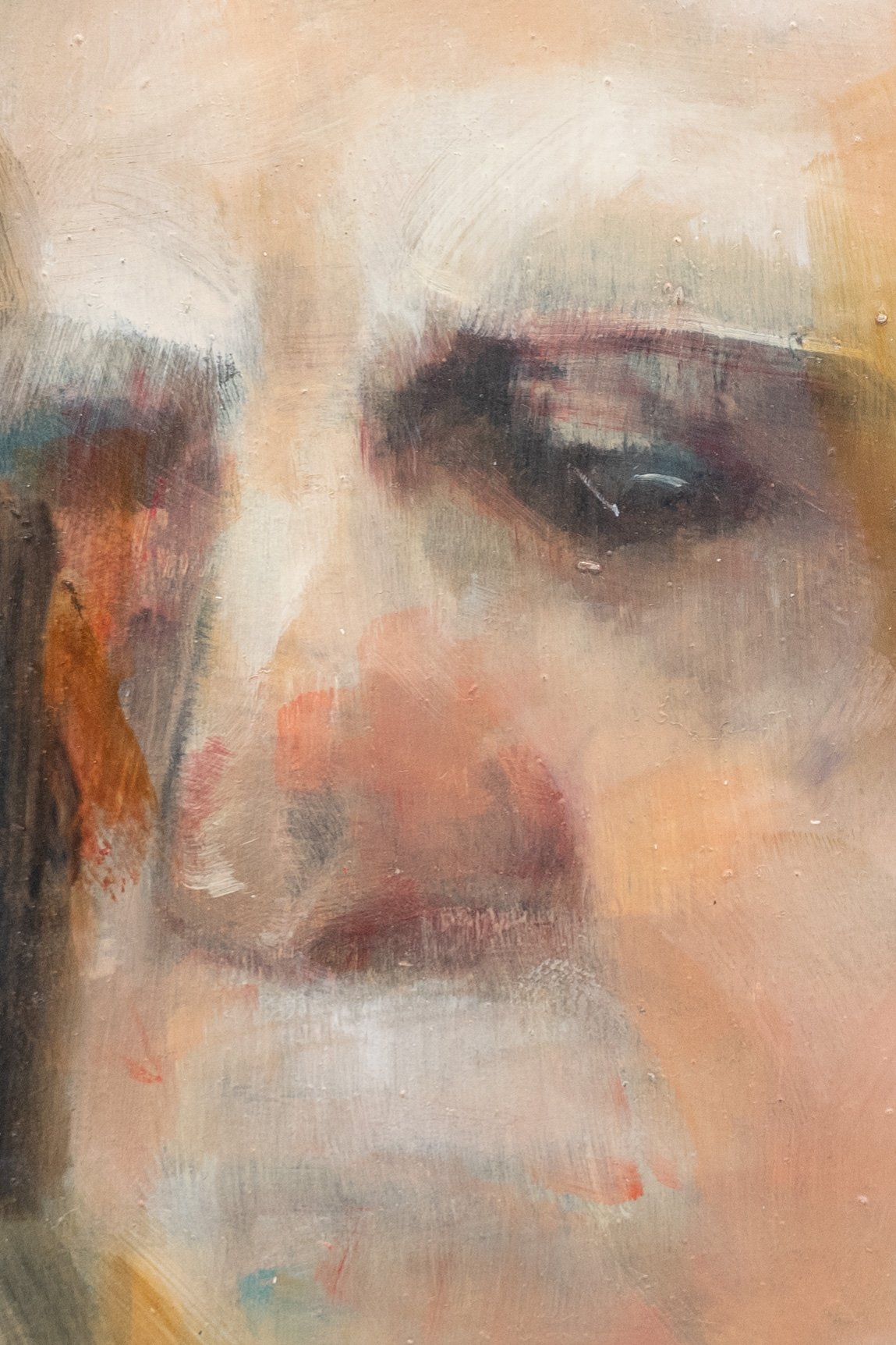Potential Indifference, ArtLab Gallery, Western University, London CA
If one uses paint to make art, then it is first of all paint before it can be realized in its intended state, that is, as art
Ian Burn[1]
The importance of our relationship to the planet that sustains us cannot be overstated. There is no such thing as an independent object within the relational interconnectedness of the earth’s ecosystem. Likewise, a painting cannot be isolated from its artist any more than it can be isolated from the formal technologies of its craft or its conceptual apparatus. In the same breath, however, we must admit that a painting is no more the product of its artist than it is a product of its historical precedents or cultural environment. Hegel, Barthes, Heidegger, Foucault and Derrida all deconstructed the ties that bind the artist to their artwork. The work in this exhibition attempts to address the moral and ethical relationship we have to our planet by asking the same moral and ethical questions of the 21st-century creative. The substance of paint in this context charts a movement back to mineral and base material whilst simultaneously expanding out into the dynamically evolving interconnectedness of our contemporary cultural epoch. By moving freely in both directions at once paint occupies two spaces, one of timeless substance and matter and just as equally it harbors a potential conceptual presence capable of mirroring the planet itself.
[1] Ian Burn, ‘Interview with Hazel de Berg,’ April 1970, Unpublished Interview, Selected Notes, 1965-1970, compiled by Ian Burn, 1991, Ian Burn Estate.
